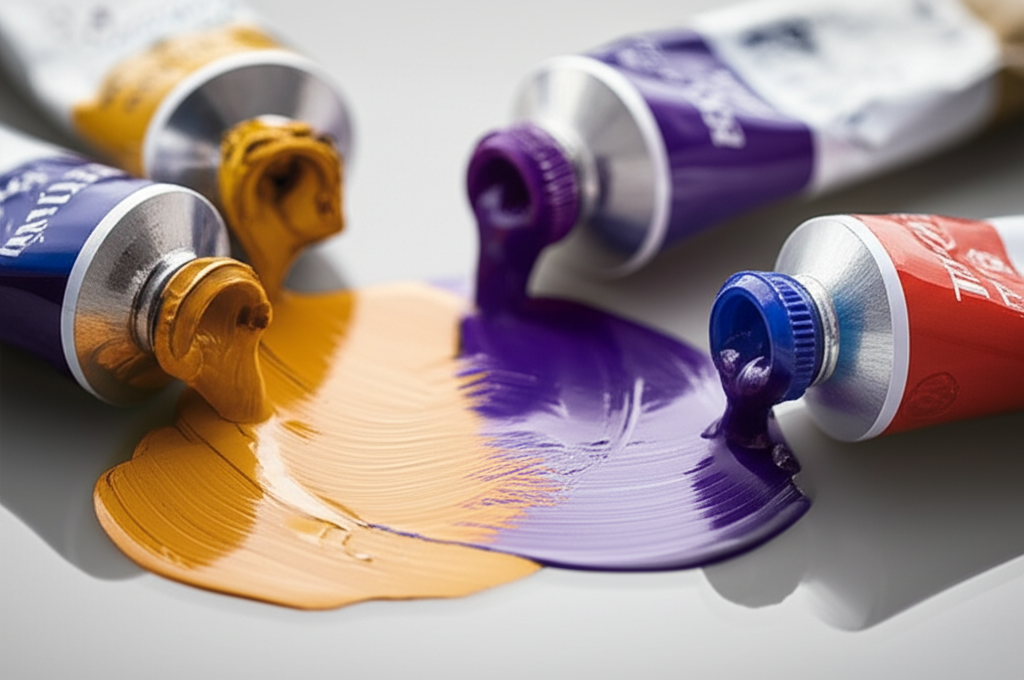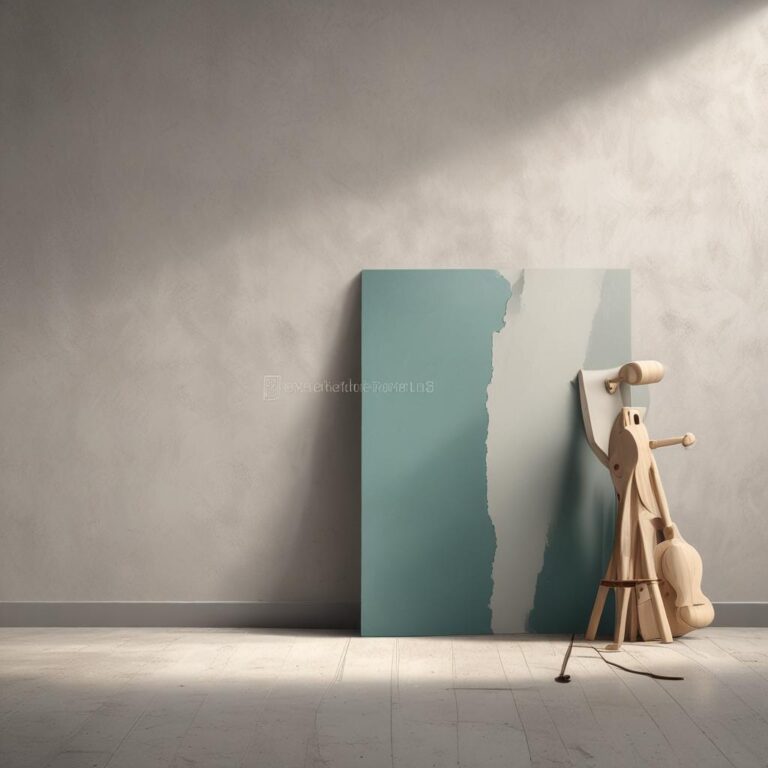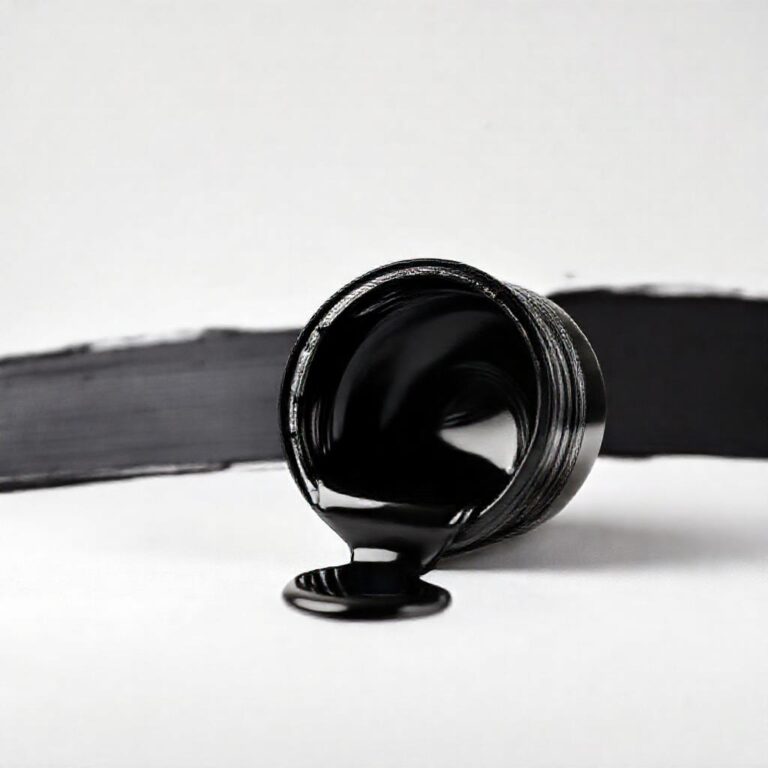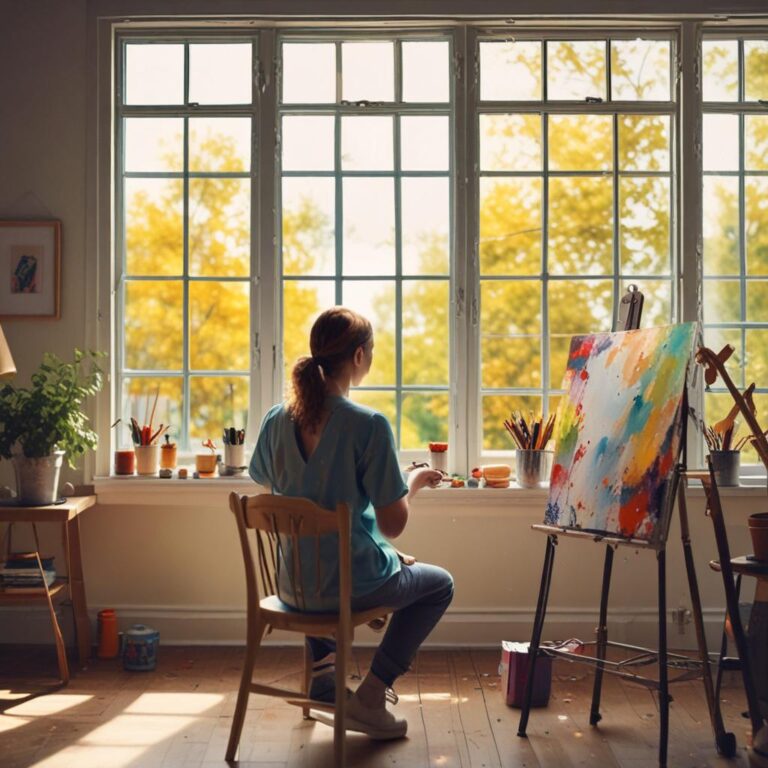How Long Does Oil Paint Take to Dry
Oil paint is a timeless medium cherished by artists for its rich colors and versatility. However, one of the most common questions artists have when working with oil paint is how long it takes to dry. Understanding the drying process is crucial for artists, as it affects layering, finishing, and the preservation of the artwork. The drying time of oil paint is influenced by various factors, including paint composition, environmental conditions, and application techniques. In this article, we will explore the intricacies of oil paint drying times and provide valuable insights for artists.
Introduction to Oil Paint Drying Process
What Makes Oil Paint Dry?
Oil paint dries through a chemical process known as oxidation and polymerization. When oil paint is exposed to air, it absorbs oxygen, which triggers a reaction that transforms the liquid paint into a solid film. This process is essential for the paint to harden and become durable.
Differences Between Drying and Curing
It’s crucial to distinguish between drying and curing. Drying refers to the surface becoming touch-dry, which usually occurs within a few days. However, curing is a longer process that involves the paint fully hardening, which can take weeks or even months. Curing is vital for the long-term durability of the artwork, as it ensures the paint can withstand environmental stressors.
Factors That Affect Oil Paint Drying Time
Paint Composition
The composition of oil paint significantly affects its drying time. Different pigments and oil types, such as linseed or walnut oil, have varying drying properties. Some pigments, like those in the earth tone family, dry faster than others, such as titanium white. Artists can choose between fast-drying and slow-drying pigments depending on their desired effect.
Environmental Conditions
Environmental conditions, including temperature, humidity, and airflow, play a critical role in oil paint drying times. Ideally, artists should work in a well-ventilated area with moderate temperatures (around 70°F to 75°F) and low humidity. Controlling these factors can significantly influence drying times.
Application Techniques
The technique used to apply oil paint also affects drying times. Thick layers of paint take longer to dry than thin layers. Additionally, artists can use mediums to alter the drying time of their paint. Some mediums speed up the drying process, while others slow it down.
Typical Drying Times for Oil Paint
Surface Dry Time
Oil paint typically becomes surface-dry within 1 to 3 days, depending on the factors mentioned above. At this stage, the paint feels dry to the touch but is not yet fully cured.
Fully Cured Time
The time required for oil paint to fully cure can vary significantly, often taking weeks to months. The thickness of the paint layers and environmental conditions are key factors that influence curing times. Artists should avoid handling or varnishing their work until it is fully cured to ensure its longevity.
Tips for Speeding Up or Slowing Down Drying Time
Accelerating Drying Time
For artists looking to speed up the drying process, using fast-drying mediums or alkyd oils can be effective. Increasing airflow in the studio or using a dehumidifier can also help reduce drying times.
Slowing Down Drying Time
Conversely, artists can slow down the drying process by using slow-drying mediums or adding more oil to their paint. Working in a cooler, more humid environment can also extend drying times, providing more flexibility for layering and texture work.
Common Mistakes to Avoid When Working with Oil Paint
When working with oil paint, artists should avoid common mistakes that can compromise the quality and durability of their work. These include overloading the canvas with thick layers of paint, ignoring environmental conditions, and attempting to varnish or frame the artwork before it is fully cured.
Conclusion
Understanding how long oil paint takes to dry is essential for artists to achieve the best results. By recognizing the factors that influence drying times and employing appropriate techniques, artists can enhance their creative process. Patience and proper technique are key to producing high-quality, long-lasting artworks. Encouraging experimentation and adaptation, artists can find the methods that work best for their unique style and vision.
FAQs About Oil Paint Drying Times
How can I tell if my oil painting is fully dry?
To determine if an oil painting is fully dry, artists can perform the touch test. Gently press the fingertip on a non-painted area of the canvas; if it feels hard and not tacky, the paint is likely dry. However, waiting for the recommended curing time is essential for ensuring the paint is fully hardened.
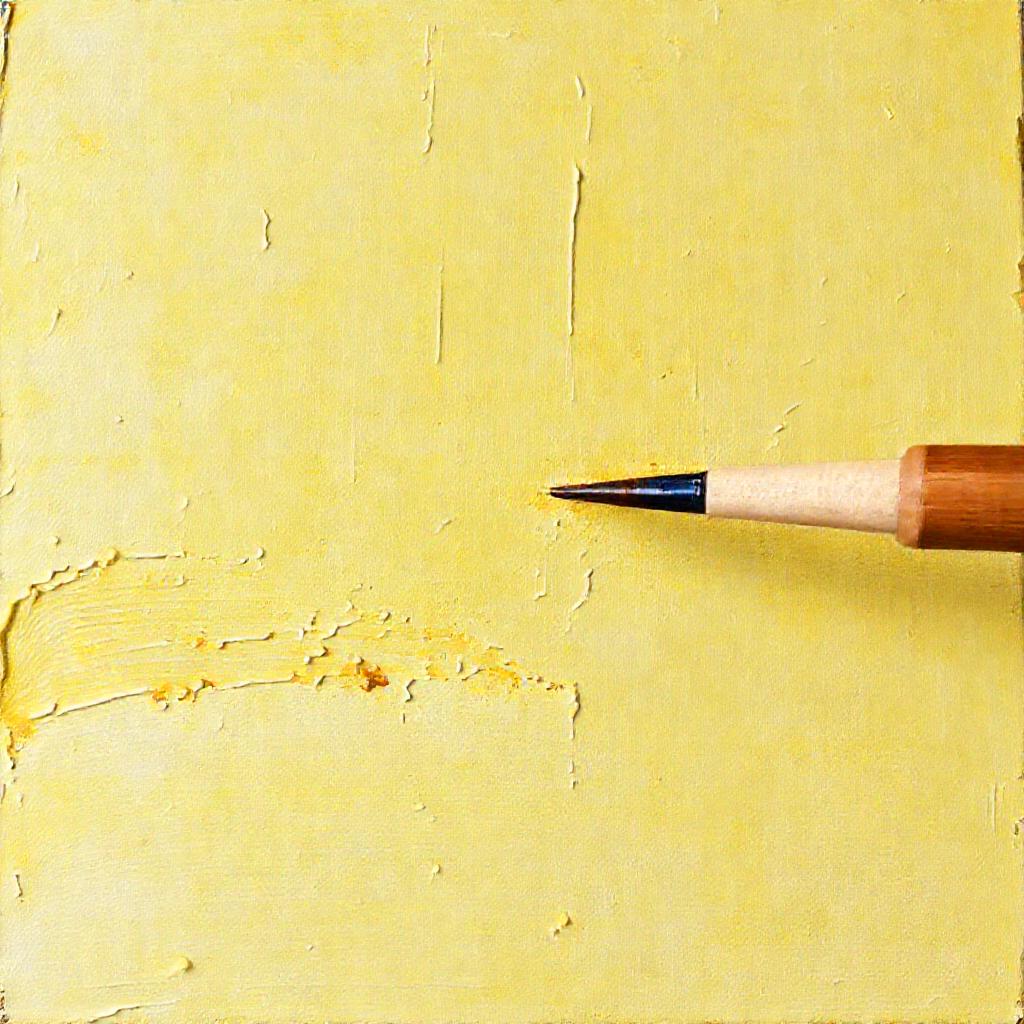
Can I use a hairdryer to speed up the drying process?
Using a hairdryer to speed up the drying process is not recommended. The heat can cause the paint to dry too quickly, leading to cracks or bubbles. It can also alter the chemical composition of the paint, affecting its durability and appearance.

Why does my oil paint take so long to dry?
Several factors can cause oil paint to take longer to dry, including the type of paint, thickness of the layers, and environmental conditions. Slow-drying pigments, thick applications, high humidity, and low temperatures can all contribute to extended drying times.
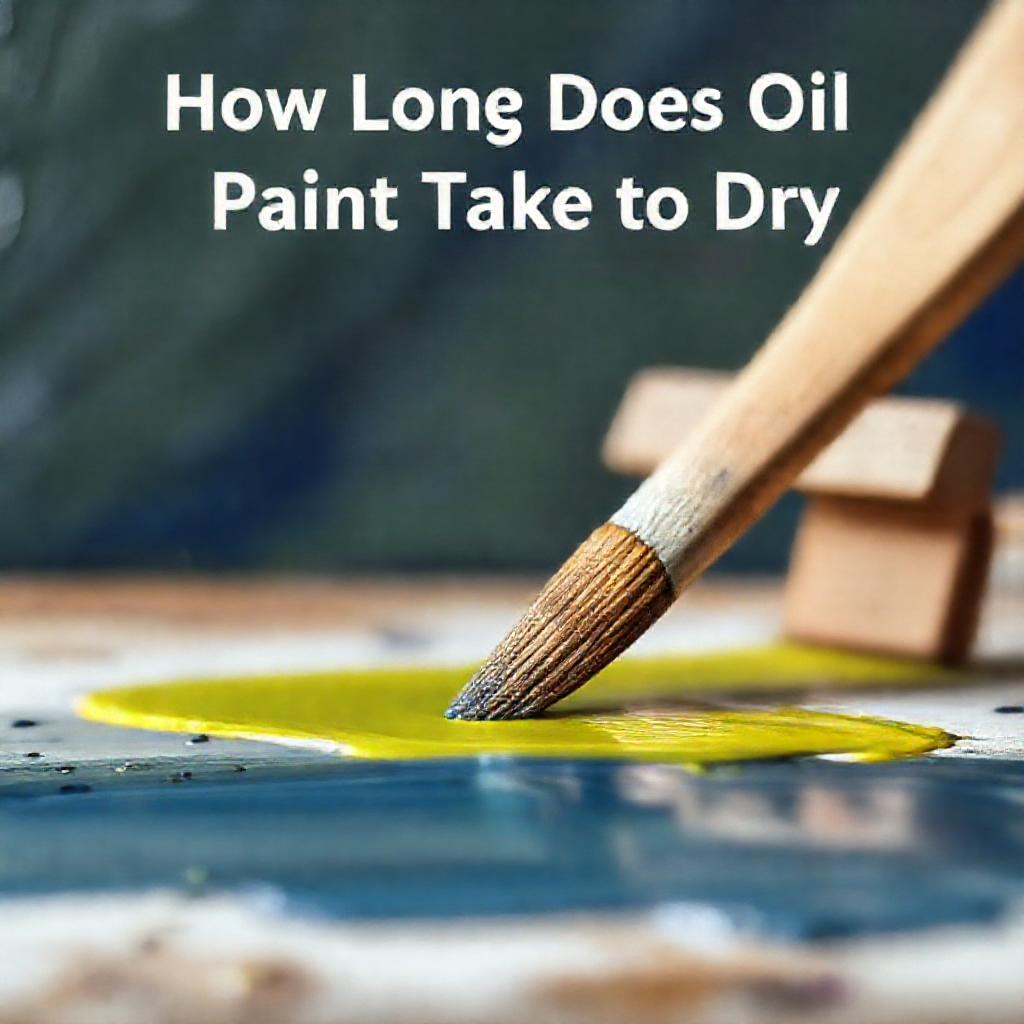
Is it safe to varnish an oil painting before it’s fully cured?
Varnishing an oil painting before it is fully cured is not recommended. If varnished too early, the varnish can trap moisture within the paint layers, leading to cloudiness or damage. Artists should wait until the paint is fully cured before applying varnish.
What’s the fastest-drying oil paint brand?
Several brands offer fast-drying oil paints and mediums, including Gamblin, Grumbacher, and Winsor & Newton. These brands often incorporate alkyd resins into their formulations, which accelerate the drying process without compromising the paint’s quality or durability.

